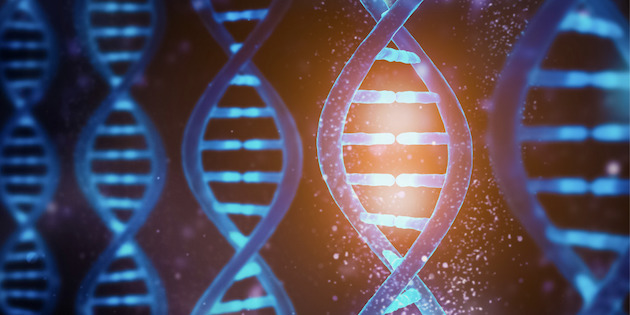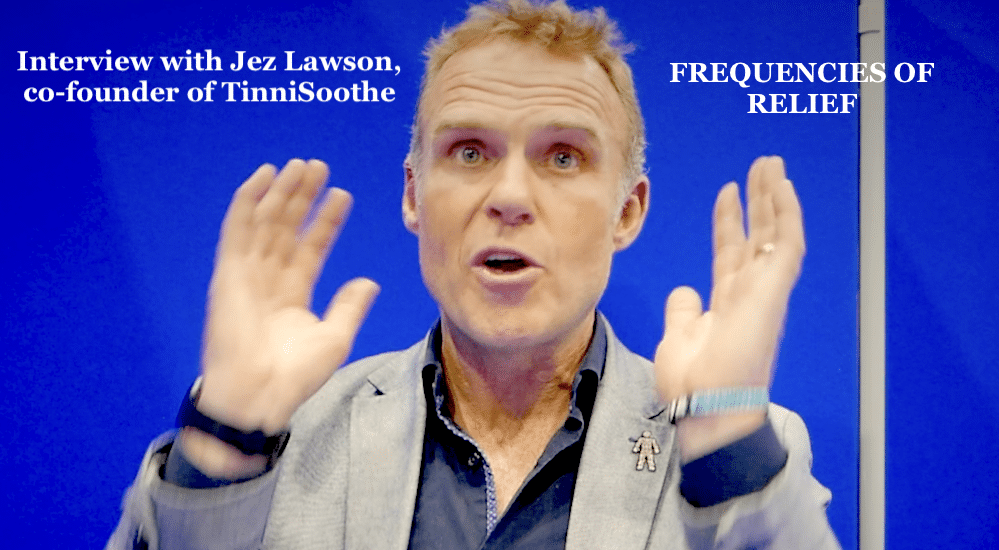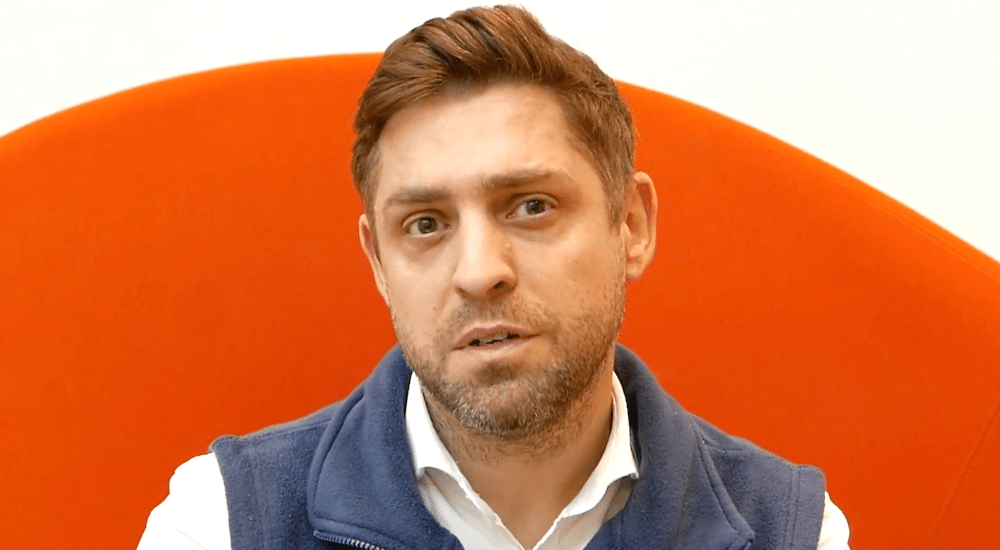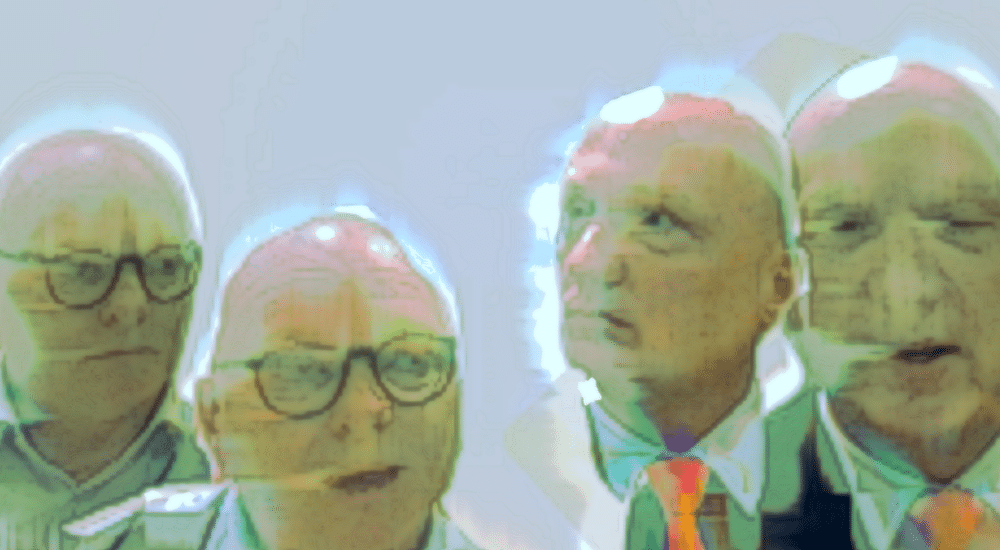Gene therapy breakthrough identifies a mutation that causes hearing loss in babies
genetics
A key gene mutation in hearing loss has been identified by researchers in the Perelman School of Medicine at the University of Pennsylvania, breakthrough science that could lead to a gene therapy solution for babies born with congenital hearing loss.

The trail goes back at least as far as structural sketches by 19th-century anatomy scholars, but it has taken until this study – published in May in the journal Developmental Cell – to determine the precise mutation that causes “buckling” of the structural framework of supporting cells responsible for transmitting sound energy through the cochlear partition.
How the discovery was made
Progress was made some years back when the Epstein laboratory founded by Penn Medicine genetics professor Douglas J. Epstein saw that the mouse gene Gas2, the rodent version of human GAS2, is switched on in embryos by another gene known to be critical for inner ear development. Mice were developed in which the gene had been knocked out, hence the name for them, Gas2-knockout mice.
Alex Rohacek, a former Epstein lab graduate student, noticed that the Gas2-knockout mice had seemingly normal inner ears, but when tested the animals were found to be severely hearing-impaired. Tingfang Chen, PhD, co-first author on the study, then determined that Gas2 is normally active within inner-ear support cells called pillar cells and Deiters’ cells, in which the protein encoded by the gene binds to flexible, tube-like structures called microtubules in a way that bundles and stabilises them, effectively stiffening the cells.
A leap finding came when collaborating researchers discovered that if Gas2 is absent, the microtubule bundles of these pillar and Dieters’ cells lose their structural stiffness, leading to hearing loss. It was then a question of finding this same causal link related to GAS2 in humans. One day, Hannie Kremer, professor and chair of molecular otogenetics at Radboud University Medical Center in the Netherlands, emailed Epstein to report a study of a Somalian family with hearing loss-affected family members who had no mutations in known hearing-loss gene but each with two mutant copies of GAS2. The study therefore establishes GAS2 as a very probable new hearing loss gene in humans, and the first known to affect the mechanical properties of inner ear support cells.
Towards a useful gene therapy
“Anatomists 150 years ago took pains to draw these support cells with the details of their unique internal structures, but it’s only now, with this discovery about GAS2, that we understand the importance of those structures for normal hearing,” said Douglas J. Epstein.
“In many genetic hearing loss conditions, the affected cells are permanently damaged or die, but in this one, the affected cells are intact and conceivably could be restored to normal or near-normal by restoring GAS2 function,” he added, commenting to his University’s Penn Medicine News website that this kind of gene therapy “might be useful not only in more obvious cases of hearing loss in early childhood, but also in cases—perhaps more numerous—in which inherited mutations lead to a slower development of hearing loss in adulthood”.
Source: Penn Medicine News
 Sign in
Sign in

